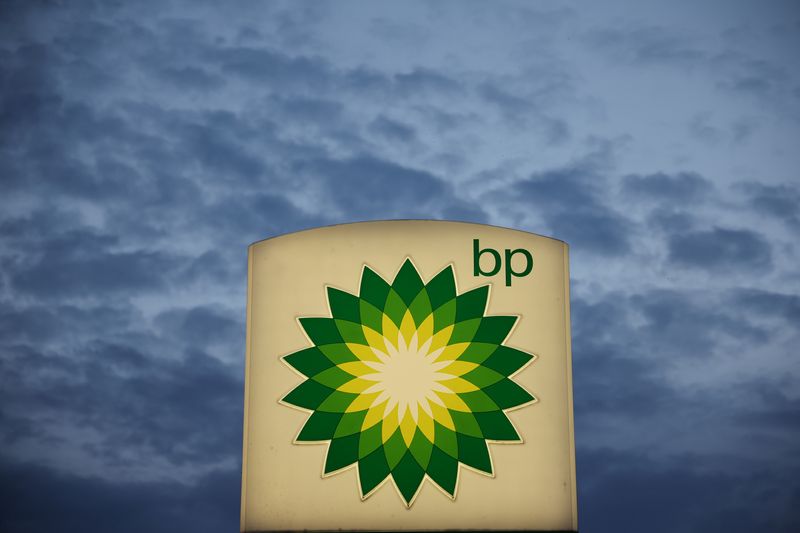BP has officially abandoned its goal to reduce oil and gas production by 2030, reflecting a shift in strategy under CEO Murray Auchincloss aimed at restoring investor trust. Initially unveiled in 2020, BP’s energy transition strategy was notable for its ambitious target of a 40% reduction in fossil fuel output by the decade’s end, accompanied by a rapid ramp-up in renewable energy. However, in February 2022, under pressure from investors focusing on immediate returns, BP revised this goal to a 25% cut, leaving production at 2 million barrels per day. Following this trend, the company has set its sights on increasing production through new investments in the Middle East and the Gulf of Mexico, marking a significant pivot towards traditional oil and gas sectors.
Ever since Auchincloss became CEO earlier this year, he has faced criticism as BP’s stock performance lagged behind competitors, leading to broader concerns about its profit-making potential under the existing strategy. Having previously served as BP’s finance chief, Auchincloss is rewriting the company’s narrative, moving away from the strategies of his predecessor Bernard Looney, who was dismissed over misconduct allegations. Under Auchincloss’s leadership, BP is prioritizing returns and investments in more profitable oil and gas operations, although it remains committed to reaching net-zero emissions by 2050.
The forthcoming February investor day will reveal Auchincloss’s updated strategy, which will formally eliminate the 2030 production reduction goal. Yet, in practice, BP has already shifted focus away from this target. It’s unclear whether new production guidance will be provided, but the company’s recent approach mirrors that of rival Shell, which has also retrenched its energy transition aims after a leadership change. Moving away from renewable projects amid surging energy demands and heightened European energy security concerns post-Russia’s invasion of Ukraine, both companies reflect a broader trend in the sector toward prioritizing traditional energy sources and short-term profitability.
Despite BP’s multi-billion-dollar investments in low-carbon initiatives since 2020, the company has encountered difficulties with cost inflations and supply chain challenges, hindering many renewable business ventures. Sources note that while competitors bolstered their oil and gas operations, BP had underinvested in exploration over the past few years, which is now necessitating a renewed focus on fossil fuel projects. In light of this, BP is currently pursuing several investment opportunities in Iraq, aiming to enhance its presence in established markets through both exploration and infrastructure projects.
Among BP’s projects in Iraq are plans to develop the Majnoon oil field and explore the Kirkuk oilfield, coupled with efforts to develop solar power infrastructure. New agreements with the Iraqi government have improved the profit-sharing model, marking a departure from less favorable historic contracts. Potential investments also extend to redevelopment projects in Kuwait. In the Gulf of Mexico, BP is advancing plans for the Kaskida reservoir while considering acquiring assets in the lucrative Permian shale basin, bolstering its onshore operations which have already seen significant reserve growth since 2019.
In conjunction with cost-saving initiatives, Auchincloss has been re-evaluating BP’s investments in low-carbon projects, recently suspending new offshore wind and biofuel endeavors. The number of low-carbon hydrogen projects has also been halved. Nevertheless, BP has maintained a stake in its solar operations, ensuring continued participation in the renewable space even as it pivots towards oil and gas. The leadership transition and strategic realignment reflect an industry grappling with the dual pressures of immediate investor interests and longer-term sustainability goals, creating a complex landscape for companies like BP as they navigate the ongoing energy transition.

